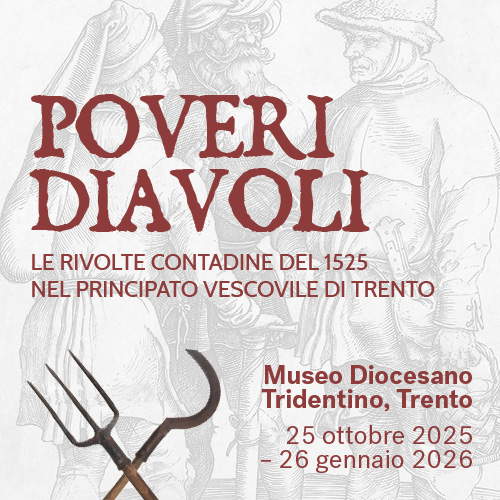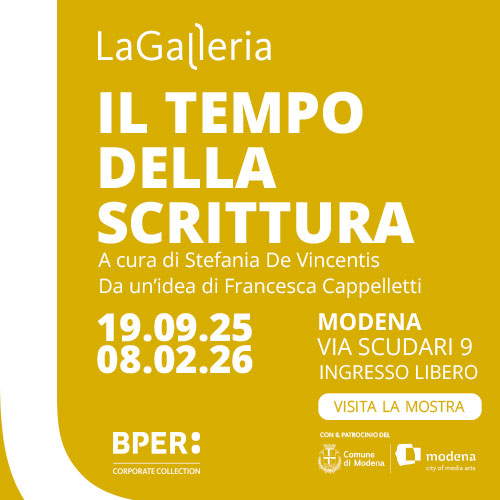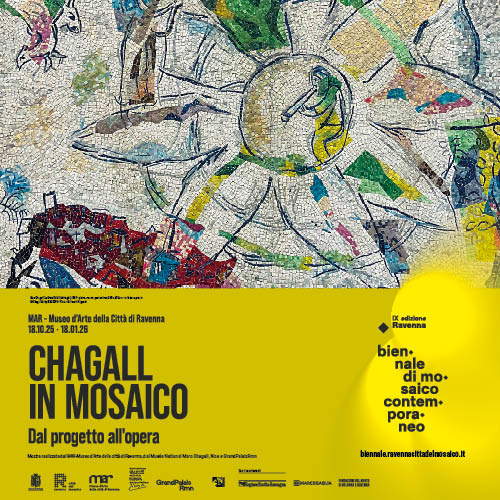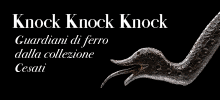
Jasmine Paolini is originally from a beautiful and little-known village in Tuscany: what is it and what does it offer
Castelnuovo di Garfagnana is a Tuscan village with an authentic character, a thousand-year history and a varied natural landscape. Between fortresses, churches, markets and trails, it offers a travel experience of calm, culture and genuine flavors, ideal for those seeking true contact with Garfagnana.
By Redazione | 18/05/2025 22:10
Not everyone knows that Jasmine Paolini, the great Italian tennis player who won the Internazionali d'Italia in Rome, comes from a small town in the province of Lucca, rich in history: Castelnuovo di Garfagnana. Castelnuovo di Garfagnana (locals also call it Castelnuovo Garfagnana, without the preposition) is a town in the province of Lucca that unostentatiously preserves a medieval soul and a deep connection with the surrounding area.
The intimate and well-preserved historic center can be explored in a short time but lends itself to multiple visits, perhaps at different times of the day. The main access is by crossing the ancient Ponte di Santa Lucia, one of the most spectacular medieval bridges in Garfagnana, which leads straight to the Porta di Castruccio: this is where the journey begins.
The Rocca Ariostesca is the architectural and symbolic centerpiece of the village. It is named after Ludovico Ariosto, who was governor of Garfagnana for three years in the 16th century and lived inside this castle: from the square in front of it, one can sense the structure's central role in the public life of the time. The Rocca now houses the Archaeological Museum of the Garfagnana Territory: the institute documents the ancient history of the valley, with artifacts ranging from prehistoric to Roman and medieval times. It is an educational museum, well organized, with clear explanatory panels and sections also devoted to the transformations of the agricultural landscape of an area that throughout history has always lived off the fruits of the land.
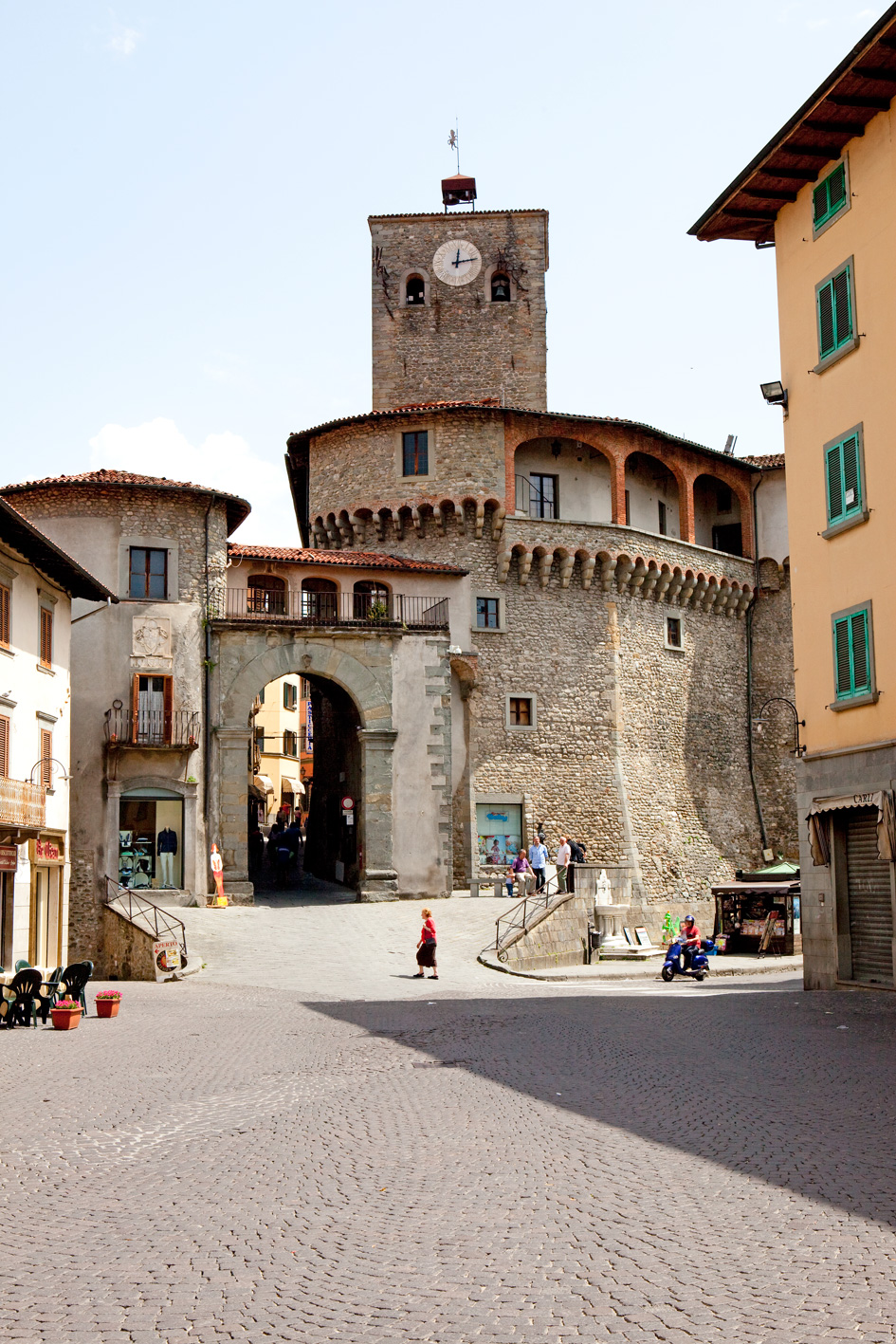

A short distance away, the church of San Pietro, the main one in the village, built between the 15th and 16th centuries on a Romanesque core, houses valuable works of art inside: a 14th-century wooden crucifix, the "Black Christ," remarkable for its expressiveness and proportions; the Madonna and Child attributed to Giovanni Antonio Sogliani, that is, one of the "biggies" of 16th-century Florence, on a par with Santi di Tito to whom theAssumption is attributed; and the glazed terracotta depicting St. Joseph from the workshop of Andrea della Robbia.
The ancient gates to the village (Porta di Castelnuovo, Porta Inferi, Porta dell'Orologio) are well-preserved remnants of the original city walls. Walking through the center, the medieval urban structure is clearly perceived, with the main axis connecting the civic and religious squares. The heart of the village is the splendid Piazza delle Erbe, one of the most recognizable and collected corners of the historic center, and represents, with its sobriety, one of the most typically "Tuscan" squares in the village. Not monumental, but authentically alive, it still retains a commercial and social function. The name refers to its historical vocation as a marketplace: this is where the trading of vegetables, legumes, herbs and products of the earth, from the farmers of Garfagnana and the surrounding villages, took place. The square has remained true to this function: the weekly market still enlivens the area with stalls and local voices, offering a true snapshot of daily village life. And to this day it is still the focus of festivals and initiatives that feature the very specialties of the land. The surrounding buildings are two- or three-story, with sober facades, often plastered in light or pastel tones, and regular windows. Piazza delle Erbe is now a place of passage but also a meeting place: there are cafes and stores, and in the summer evenings, outdoor tables gather residents and visitors looking for a quiet moment.
Castelnuovo Garfagnana is then dominated by the majestic Fortress of Mont'Alfonso, one of the most significant examples of Renaissance military architecture in Tuscany, although it was designed by the people of Ferrara, when Garfagnana was under the rule of the Este family. Constructed between 1579 and 1586 at the behest of Alfonso II d'Este, the fortress was designed by engineer Marc'Antonio Pasi with the intention of defending the Este territory from its neighbors from Lucca and Florence. The complex covers about 60,000 square meters and features a 1,150-meter wall with seven bastions and two entrance gates. Inside the walls are historic buildings such as the captain's house, troop quarters, a stone well and the casemate bastion. Over the centuries, the fortress has undergone several transformations: from a military garrison to a prison, until, in the 20th century, it became the summer residence of the Italo-Scottish Bechelli family, who transformed one of the buildings into an Art Nouveau villa . After a period of abandonment, it was acquired by the Province of Lucca in 1980 and underwent major restoration work starting in 2000.
Today, the Fortress of Mont'Alfonso is a lively cultural center, home to events, exhibitions and shows, including the summer festival "Mont'Alfonso under the Stars." It is also home to the offices of the Apuan Alps Regional Park and a tourist information point.
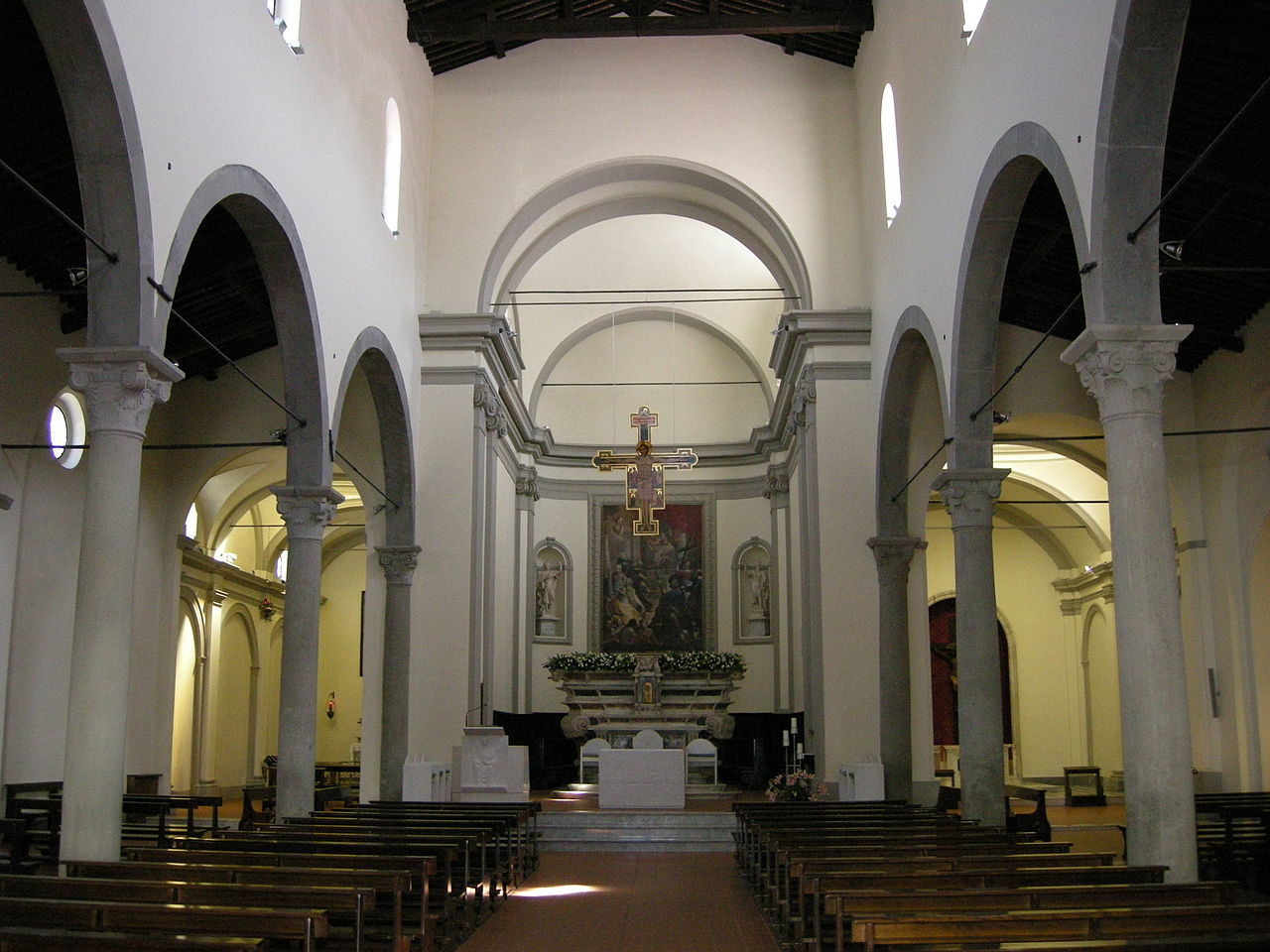
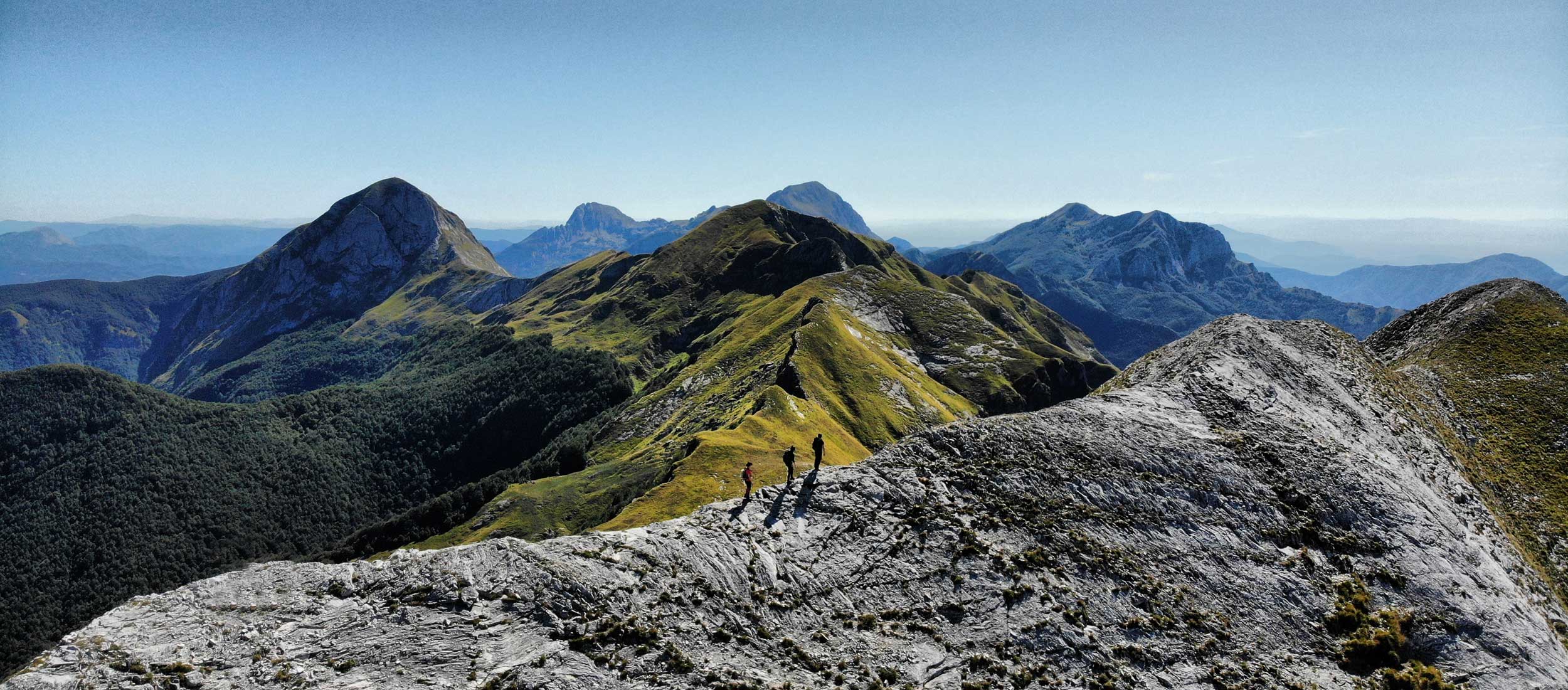
One of the peculiarities of Castelnuovo is, moreover, its direct relationship with the landscape. In just a few minutes' walk you can leave the center and find yourself surrounded by greenery, along paths that lead to small villages in the surrounding area or to the forests of the Apuan Alps. In summer, the area is a destination for hikers and mountain bikers; in winter, on the other hand, it remains a quiet retreat, ideal for those seeking a more intimate contact with the environment. Castelnuovo di Garfagnana is located on the edge of the Apuan Alps Regional Park, and is one of the main access points to this protected area of great natural and geological value. The park offers numerous opportunities for lovers of nature and outdoor activities, with hiking trails starting directly from Castelnuovo. Among the best-known natural attractions not far from Castelnuovo are Grotta del Vento and Antro del Corchia, significant examples of the area's karst landscape.
Those who stop in Castelnuovo even for a night will notice a sincere, often family-run welcome. The accommodations are few but well-kept, as are the restaurants and trattorias, which offer Garfagnana cuisine with dishes such as farro soup, tordelli or castagnaccio, necci or in general the many specialties based on chestnuts, the food that for centuries has ensured the sustenance of the people of this land. The rhythm of life is relaxed: one wakes up with the bells, has breakfast in the square, and eats lunch without hurry. Castelnuovo di Garfagnana is an invitation to pause, measure and gradual discovery.
In the surroundings of Castelnuovo di Garfagnana, on the other hand, the landscape opens up in many directions, and is able to offer itineraries that are different but all share a certain measure: villages that have not succumbed to tourist standardization, paths immersed in greenery, hidden parishes and silences that tell the story of the mountains. Just a few kilometers away, in the Media Valle del Serchio, is Barga, with its orderly and slightly aristocratic appearance, the result of centuries of Florentine domination: walking through its streets feels like being in a small Florence. It stands on a hill and overlooks the course of the Serchio River from above. Further north, the landscape changes: the Garfagnana becomes Apennine and we enter the territory of the Orecchiella Park. It is an area of dense forests, chestnut and beech woods, where the presence of man is becoming more rarefied. The park's visitor center offers some useful information for those who want to delve into the trails, but the real beauty is what you discover as you walk: silences interrupted only by creaking branches and the sound of water. Toward the west, the Apuan Alps approach and the landscape becomes more dramatic, with limestone walls and steep contours. The village of Isola Santa, nestled on an artificial lake, is a suspended, almost unreal place. The stone houses seem to have come out of another century, and all around the vegetation is reflected in the still water. Even better known is Monte Forato, with its natural arch carved by time: a favorite destination for hikers and a fascinating vantage point.
In this part of Tuscany, every detour can become a discovery. There are no obligatory itineraries, and often the pleasure of the journey lies precisely in being surprised by a sudden panorama, a bell tower popping through the trees, a tractor slowing down the road. Castelnuovo di Garfagnana is thus a town that does not try to amaze, but knows how to convince. It is a cosy, inhabited town with a daily dimension that is well present. The town retains a measure to which we are no longer so accustomed: that of ordinary life that unfolds unhurriedly, between a weekly market, a walk among the stores, a coffee under the arcades. Castelnuovo is also a gateway to the whole Garfagnana: it is not a place to visit in a hurry, but to inhabit for a few days, letting its quiet coherence accompany you.

